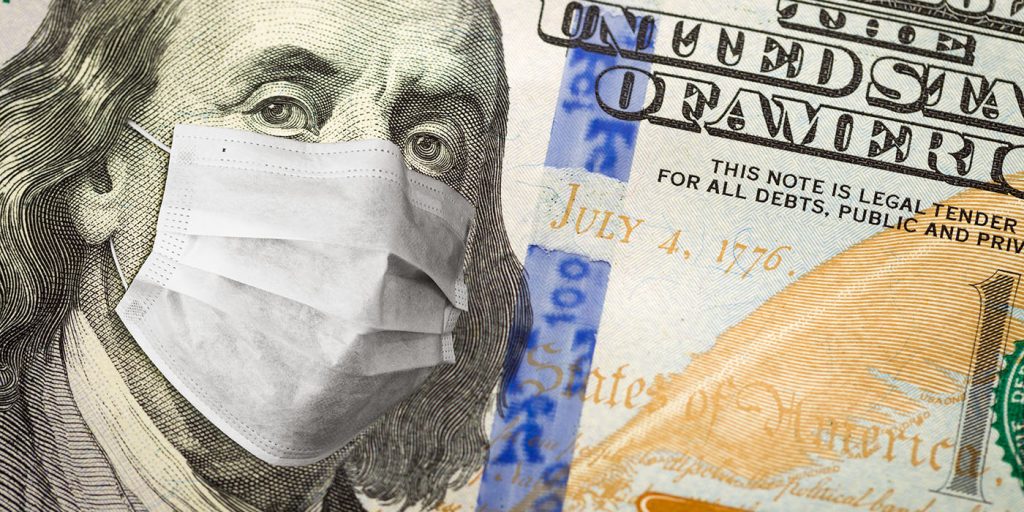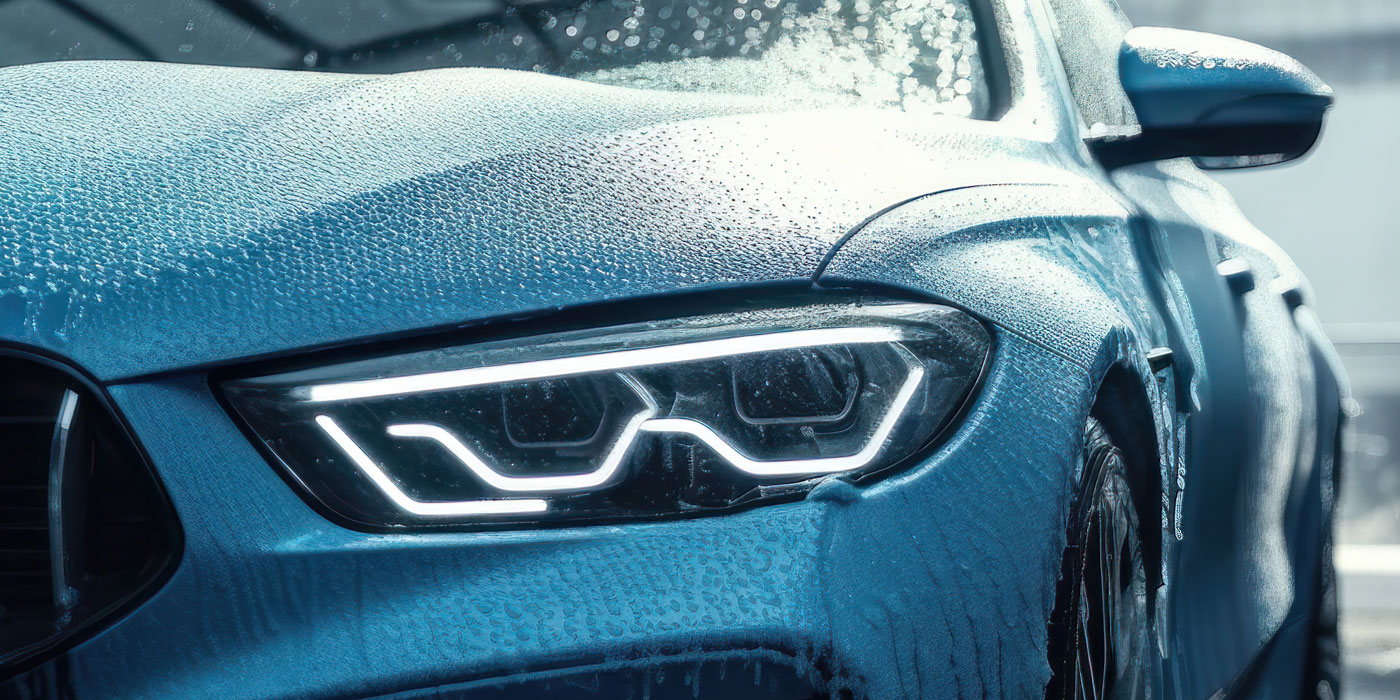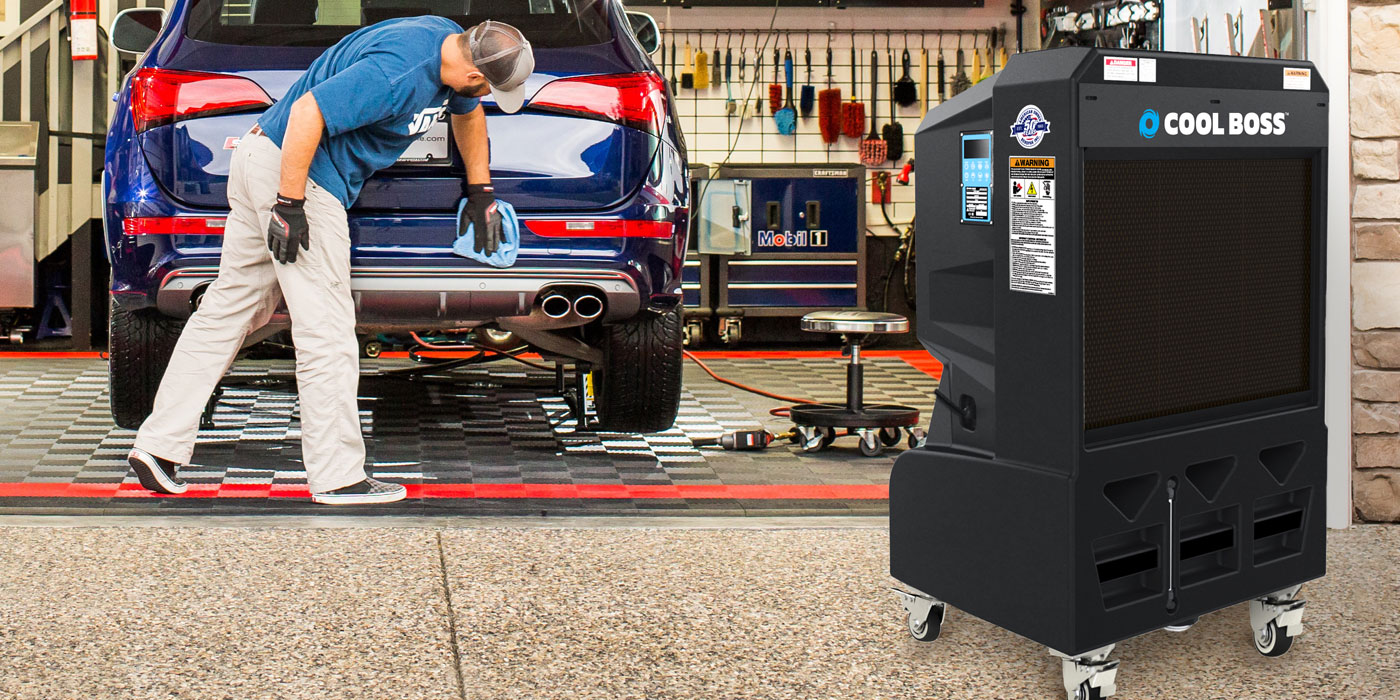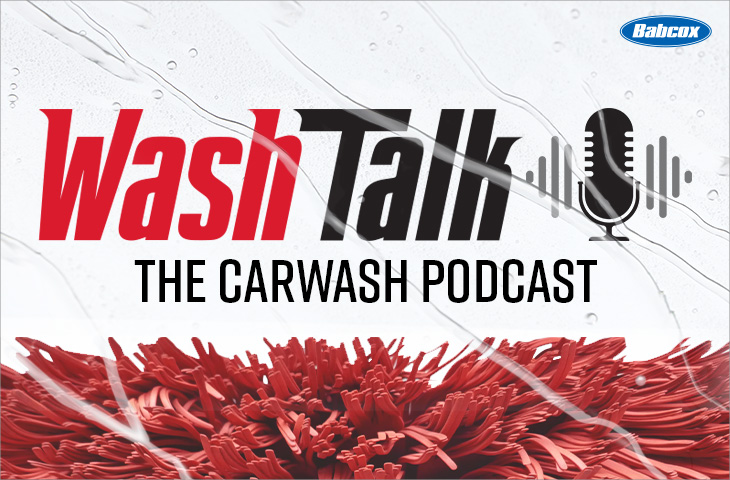As the coronavirus shook the world to its core in recent months — halting business and social life — the U.S. federal government stepped up to help businesses and affected workers. On March 27th, President Donald Trump signed into law the CARES Act, which included $376 billion in relief for U.S. workers and small businesses.
According to www.sba.gov, the government recognized that essentially shutting the country down in order to slow the spread of coronavirus would have a negative ripple effect on small business owners, such as carwashes, including access to capital and inventory and supply chain shortfalls.
The website also states that, in addition to traditional SBA funding programs, the CARES Act established several new temporary programs to address the COVID-19 outbreak:
- Paycheck Protection Program (PPP), which provides loan forgiveness for retaining employees by temporarily expanding the traditional SBA 7(a) loan program.
- EIDL Loan Advance, which provides up to $10,000 of economic relief to businesses that are currently experiencing temporary difficulties.
- SBA Express Bridge Loans, which enable small businesses that currently have a business relationship with an SBA Express Lender to access up to $25,000 quickly.
- SBA Debt Relief, which provides a financial reprieve to small businesses during the pandemic.
As expected, while the relief package was needed, it initially led to more questions than answers. So, Professional Carwashing & Detailing (PC&D) reached out to Michael Ford, who is the managing director of Coast Commercial Credit for some insight.
PC&D: Please explain the loan assistance programs that are available for operators today as a result of the most recent economic stimulus package.
Ford: The Economic Injury Disaster Loan (EIDL) and the Paycheck Protection Program (PPP) are two types of financing that are available from the federal government. There are also other loans available.
For example, there is the SBA Express Bridge Loan, and that loan is up to $25,000. For this loan, you must have an existing business relationship with an SBA lender. This is a $25,000 loan that has a fast turnaround, and it serves as a bridge loan until you get the EIDL loan.
With an EIDL, applicants can receive up to $2,000,000. The term for this loan is up to 30 years and up to 3.75% interest. The EIDL also includes a $10,000 advance, which is forgiven by the government.
PC&D: What can operators use the EIDL for?
Ford: The purpose of the EIDL is to pay for expenditures that you would normally have been able to pay for with your normal cash flow. This money is not to be used to purchase a new Mercedes, for instance. Operators can use this loan to pay for mortgage, rent, utilities, payroll, etc.
You can get an EIDL and a Paycheck Protection Program (PPP) loan, but you can’t apply to both for the same reason. So, if you get an EIDL and a PPP loan, we suggest using the PPP solely for payroll, including health care costs, and the EIDL for other business expenditures, including mortgage interest, utilities, routine maintenance, other debt — such as equipment loans or leases — etc. That way, it’s two totally separate loans; you can’t get duplicative loans.
PC&D: What are the terms of the PPP loan?
Ford: The PPP loan interest rate originally came out at 4%. But, as of April 4th, the government announced that it is now 1%. So, it’s 1% over two years with a six-month deferral. Operators don’t need to make payments for the first six months, and then whatever is not forgiven, you pay back over the remaining two years.
PC&D: Can all of the PPP loan be forgiven?
Ford: Yes. But, here is the key: If borrowers use less than 75% of the loan amount for payroll, then they need to pay back the whole amount. PPP is primarily for employment, and its purpose is to keep people working.
And, so when does that start? The PPP loan program is available until June 30th or until the funds run out. The employment requirement is measured over an eight week period starting from when you get the loan. This eight-week stretch is where borrowers have to show that they maintained employment, and it’s 75% of last year’s monthly payroll average. For instance, in 2019, if you had a $20,000 a month payroll, the loan amount is two and a half times that, so you’re going to get $50,000. For this example, the borrower needs to spend a minimum of $37,500 toward payroll for the loan to be forgiven — if you’re only spending $36,000, you’re paying the whole thing back.
For the remaining 25% of the PPP loan — if not used on payroll — the government wants business owners to use that money for rent, utilities and other pertinent business expenditures. Borrowers, of course, must provide proof, and so this is all about keeping good records.
Also, it’s important to know that the $10,000 EIDL advance will be reduced from the amount forgiven by the government if you get both the PPP loan and EIDL.
PC&D: How can a carwash operator best prepare for the application to expedite the process?
Ford: Both applications (for the EIDL and PPP loan) are very simple. You can go to www.sba.gov, to apply for the EIDL or to find a lender for the PPP loan. The EIDL is obtained directly from the SBA. It should take about five to 10 minutes for the application. You just need to know the corporate name, tax ID number, corporate address, last year’s gross sales and last year’s cost of goods sold. You’ll also need to provide ownership information. Then, there’s a few boxes to check and information to verify.
For example, one key qualifier is: Does the business have fewer than 500 employees? In order to qualify, the borrower and the business must not be currently delinquent or defaulted on SBA debt, including a student loan that is a government-guaranteed debt, in the last seven years.
The borrower must also not be under indictment, incarcerated or under parole and not have any felonies within the last five years. Those are some of the key qualifiers.
In order to apply for the EIDL, borrowers must go through www.sba.gov.
The PPP loan is obtained directly from a bank and other lenders. You can go to www.sba.gov to find a lender or go to your local bank. The list items your lender will need to apply for the PPP loan include documentation to verify wages, tips, commissions, vacation leave pay, parental leave pay, insurance premiums, health care benefits and other payroll related expenditures.
PC&D: When do operators need to file by for EIDL and PPP loans?
Ford: Operators have until Sept. 30th to file an application and make changes for an EIDL. For the PPP loan, you have until June 30th to submit the application with the required documentation to an approved lender that is available to process your application.
PC&D: Do you have any other special nuggets of information about financial assistance to share with our readers to stay afloat during this pandemic and its lasting effects?
Ford: Yes, what is more important than either one of these two options is in early March, the SBA announced that it will allow lenders to defer SBA loan payments for three to six months. Then, on March 27th, the SBA announced that they are going to pay all nonemergency SBA loan payments, regardless of the amount, that are not currently delinquent for the next six months.
Also, for SBA loans that have been entered into the system from March 27th to Sept. 27th, they also get six months of loan payments waved.
How’s that for an incentive to get an SBA loan, especially if you have a conventional loan? Of course, there are costs and fees associated with it, but the six-month waiver should more than cover those costs and fees.
For example, let’s take a 15-year conventional loan that we can now spread out over 25 years. Your payments are lower because it’s a longer term. The rate is lower because the rates on the SBA loans are really low right now and you get the benefit of free payments. There is a huge benefit here for carwash operators to take advantage of this opportunity.
SBA 7(a) and 504 loans, fees and interest are covered under this initiative.
For more information, visit www.sba.gov.
Check out this follow-up interview with Mike Ford for more insight into the financial aid options available for small businesses during COVID-19.














